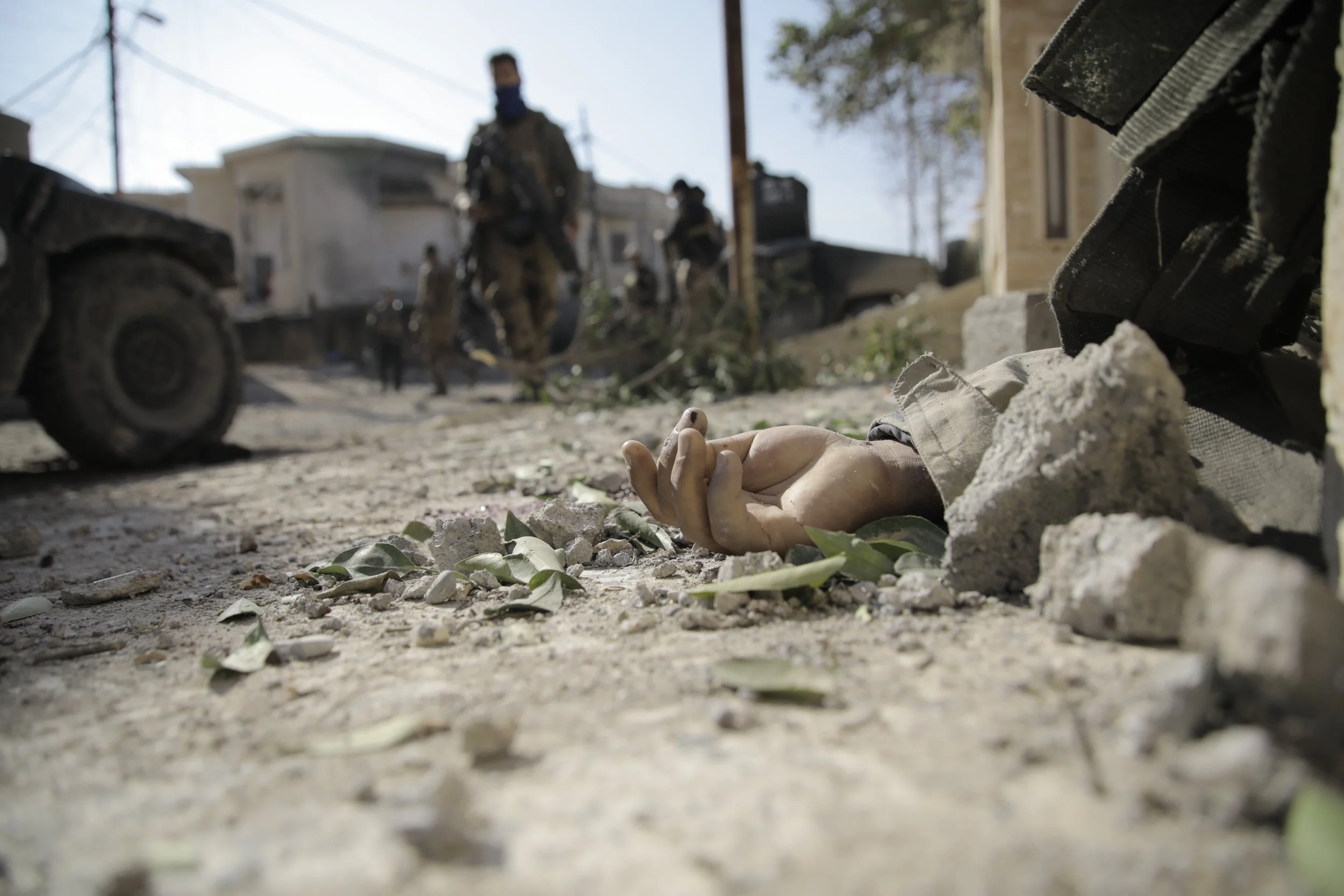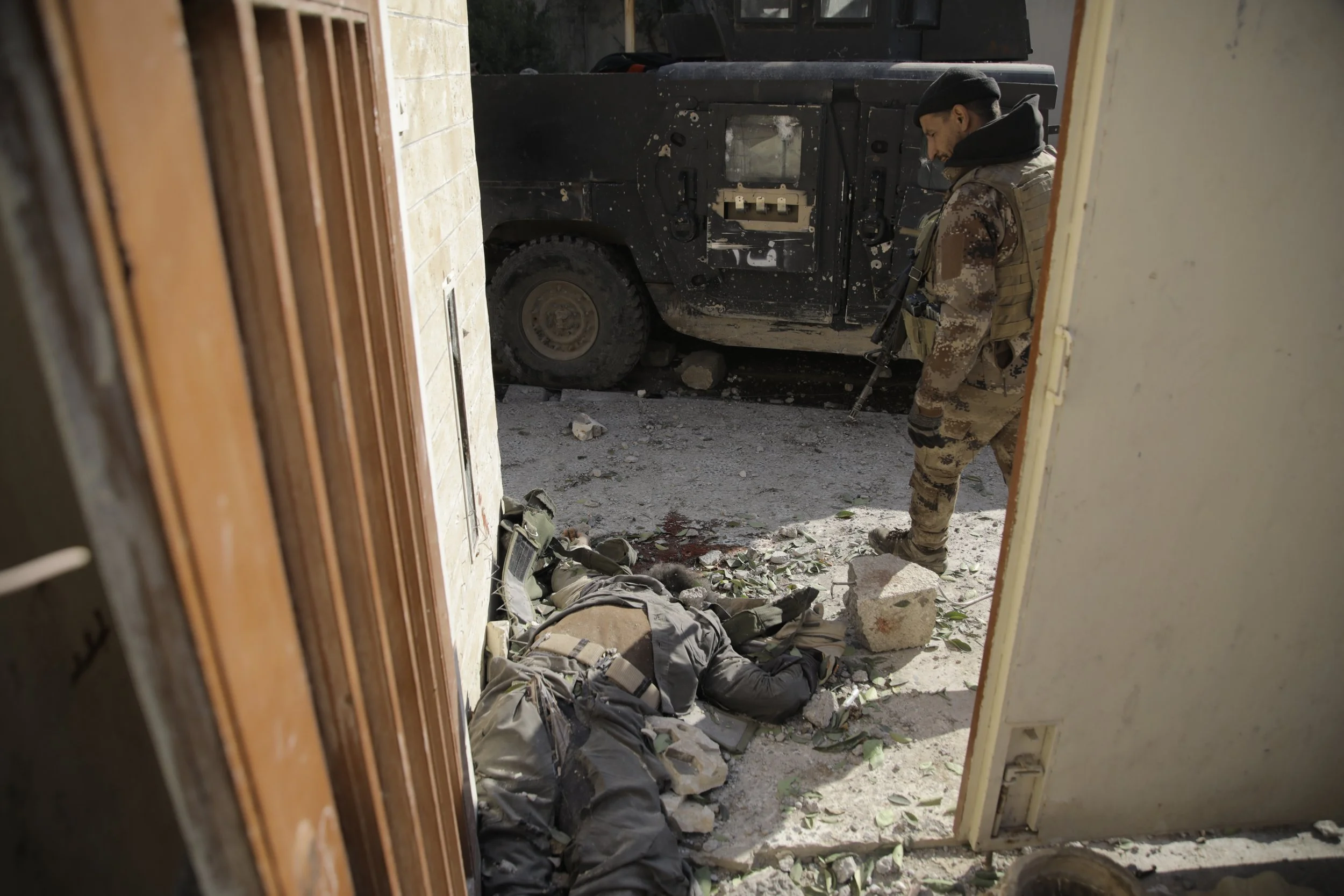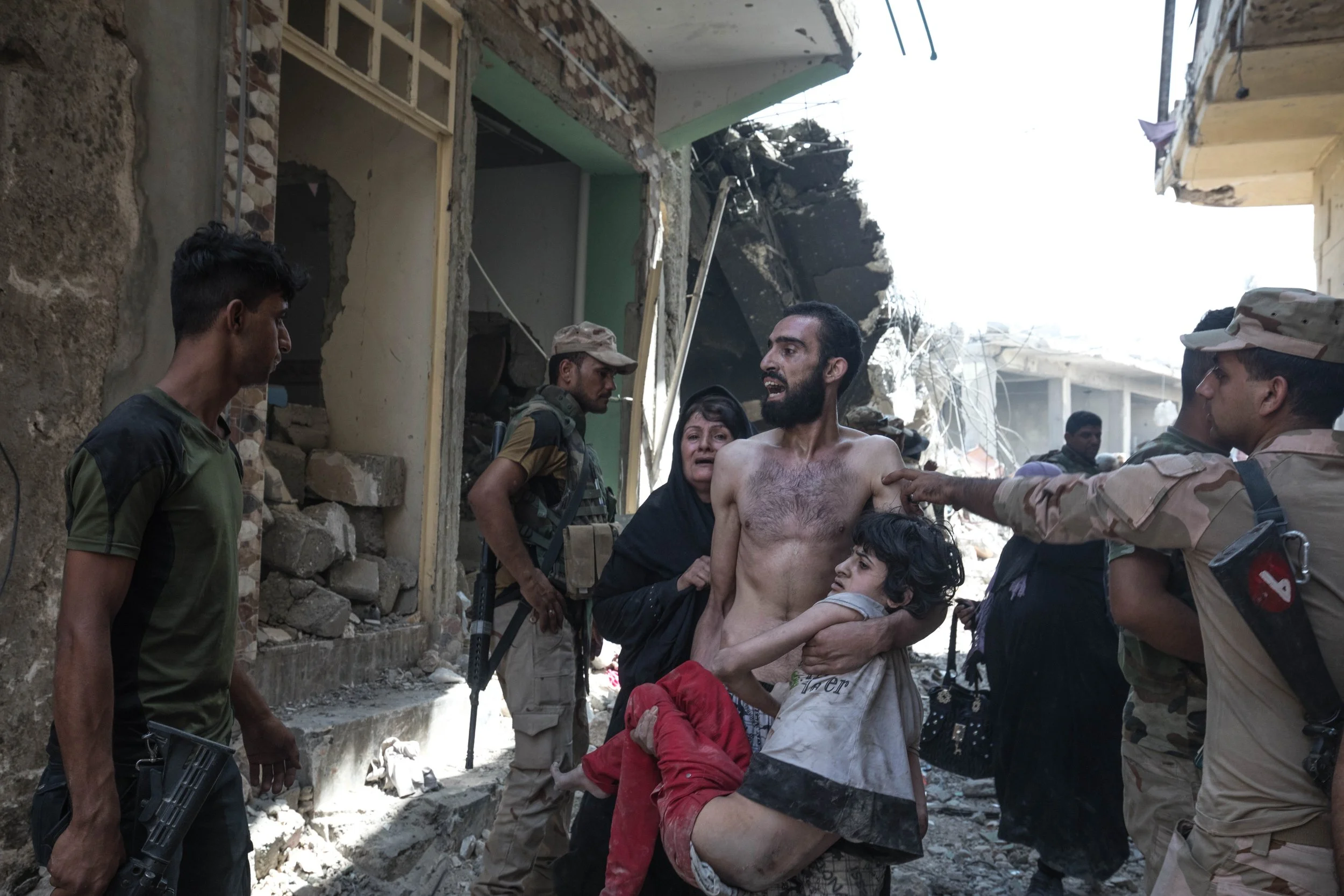
The Fall of Mosul
The fall of Mosul in 2017 marked a significant turning point in the fight against ISIS. After ISIS seized Mosul in June 2014, it became one of the group’s primary strongholds and the largest city under its control, where it declared its so-called caliphate. Mosul was a key location for ISIS, used for recruiting, operations, and propaganda, and held deep symbolic value for the organization.
In October 2016, Iraqi forces, supported by a coalition of international forces, launched a massive offensive to retake Mosul. The battle lasted nearly nine months, with Iraqi forces encountering fierce resistance, including snipers, suicide bombers, and booby traps, as they fought through densely populated neighborhoods. Airstrikes and urban combat devastated large parts of the city, particularly the western part, where ISIS made its last stand in the Old City. The fighting caused a humanitarian crisis, displacing over a million civilians who fled the war-torn city.
Finally, on July 10, 2017, Iraqi Prime Minister Haider al-Abadi officially declared victory over ISIS in Mosul. This victory effectively ended ISIS’s territorial control in Iraq, marking a critical blow to the group’s ambitions. However, the battle left much of Mosul in ruins and exposed the deep challenges of rebuilding and reconciling a city torn apart by violence, sectarianism, and extremism.




























